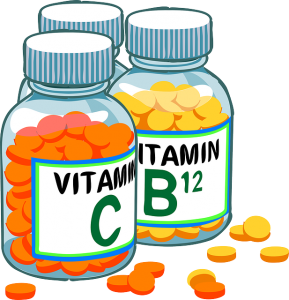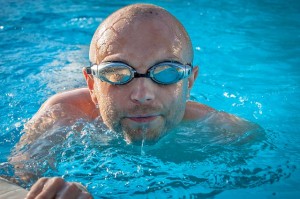The Secret To A Pain Free Body
In this video I am going to tell you a secret of how to have a problem free body by finding balance in life. We just went through the last decade where everything was extreme, hard core people were pushing it to the max. I can tell you that the I have seen the results of that life style which is people get hurt, people get injured, people doing extreme diet, they cannot handle it and come back to the way they were eating, which is pretty bad.
 The secret is finding balance, it is not a secret, it is something from the Eastern Culture have discovered thousands of years ago. Just listen to the body and what the environment telling you. Now I will tell you what I mean buy that. When you are doing a workout, it is so hard that you are going to throw up, that is actually not good.
The secret is finding balance, it is not a secret, it is something from the Eastern Culture have discovered thousands of years ago. Just listen to the body and what the environment telling you. Now I will tell you what I mean buy that. When you are doing a workout, it is so hard that you are going to throw up, that is actually not good.
Examples that you are not finding balance in workouts
When you throw up it is your body’s response of saying you were going to hard. You do not adapt to that workout. Whoever told you that workout, whoever teach you that workout it means they did not prescribe the right level of workout for your body.
So throwing up is not good, another example would be, picking out your currently eating. May be not eating breakfast that much, may be you are having wrong snacks and other stuff. And going and trying to eat like a cave man or some type of low card diet or cutting out this or cutting out that. That’s not finding balance.
Finding balance is about doing small changes, doing what you can and working with your body and working with your mind. When you find balance that is much more sustainable, much healthier, and much better for your mind and body.
Another example would be, if you are looking to stretch a certain body part or if you have aches and pain you can go from doing nothing to doing everything at once. Because you tend to overdo it, we treat a lot of people are at opposite extremes, either they do not do anything and they don’t get better or they do too much and actually end of straining the area.
Get your customized Workout here
It’s like stretching, you can’t stretch extremely hard hoping to get faster flexibility. When you stretch too much you end up causing strain and inflammation. What is all go back to is finding balance, so when you are ready to training, eating a certain way, you can really apply this to anything in life.
It’s about finding balance, that’s a secret. It’s not about pushing to extremes, enduring symptoms in your body. Always listen to your body, is going to tell you what you need and what you should not be doing.
Oh, if you have questions, just go to our FB page here https://www.facebook.com/bodySolutionsinc and ask!



